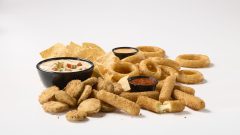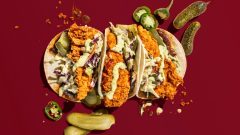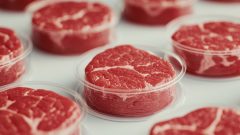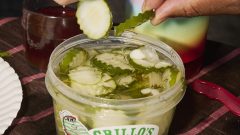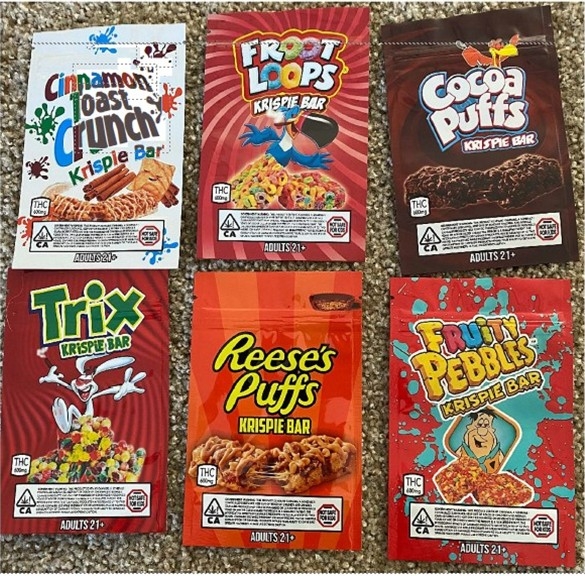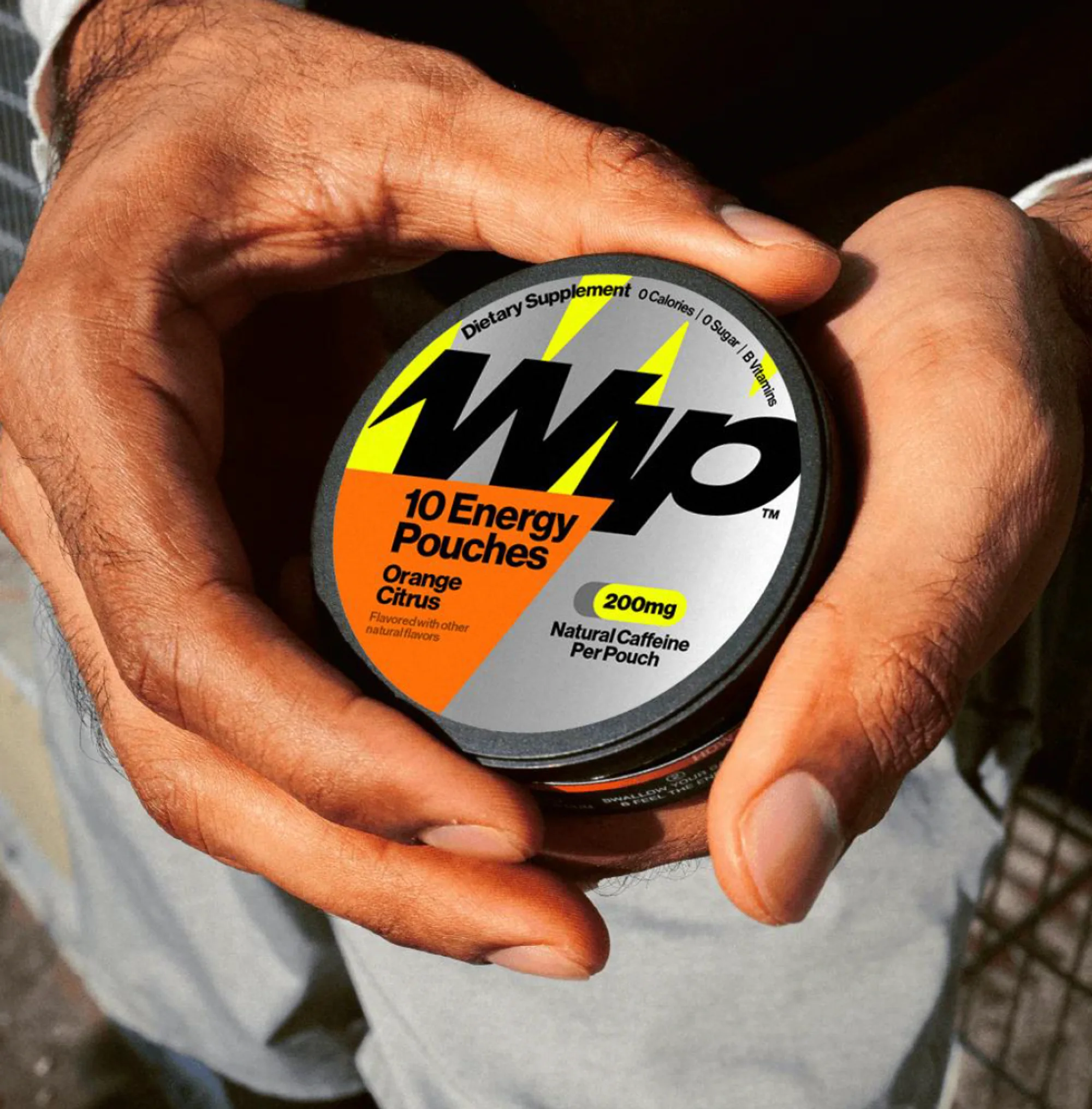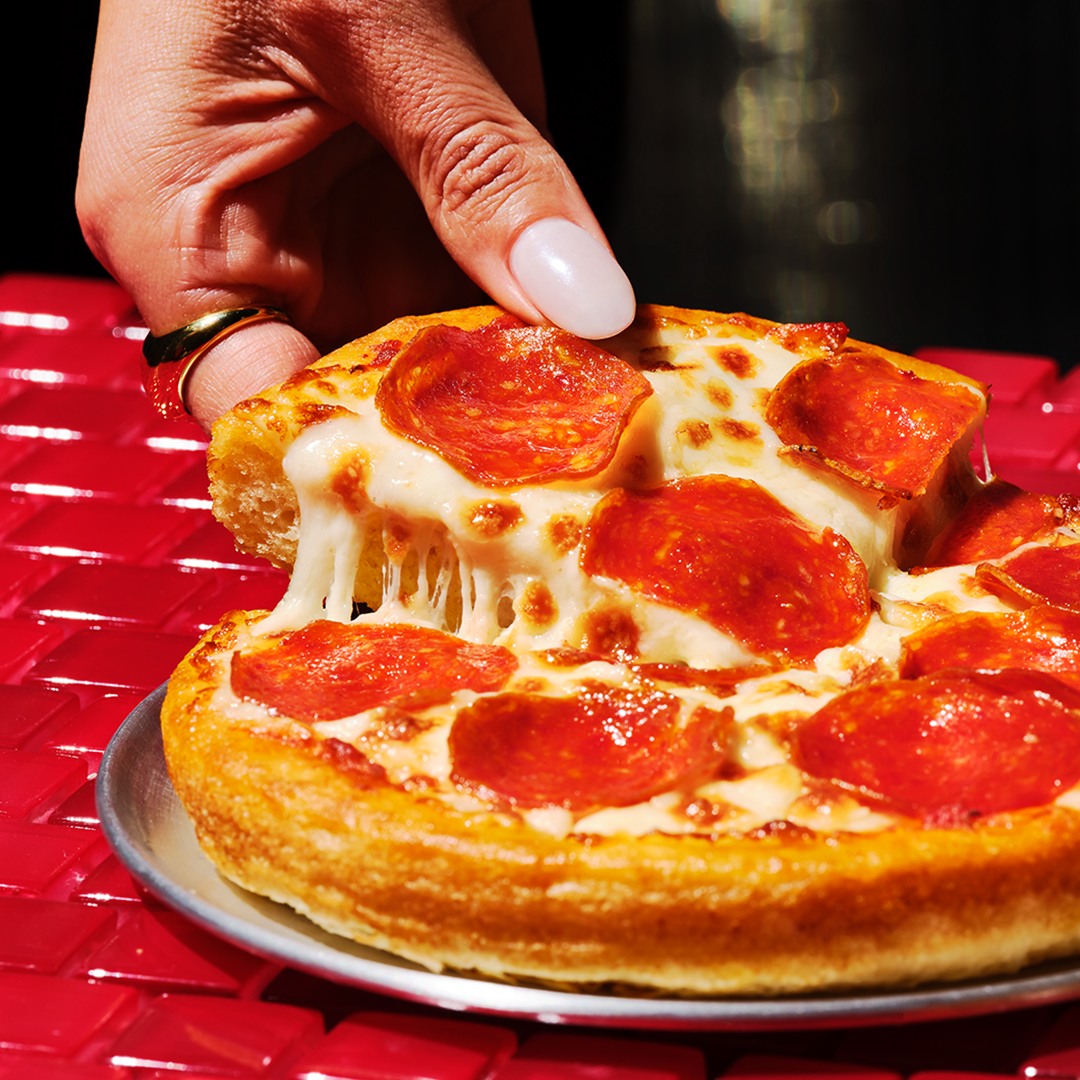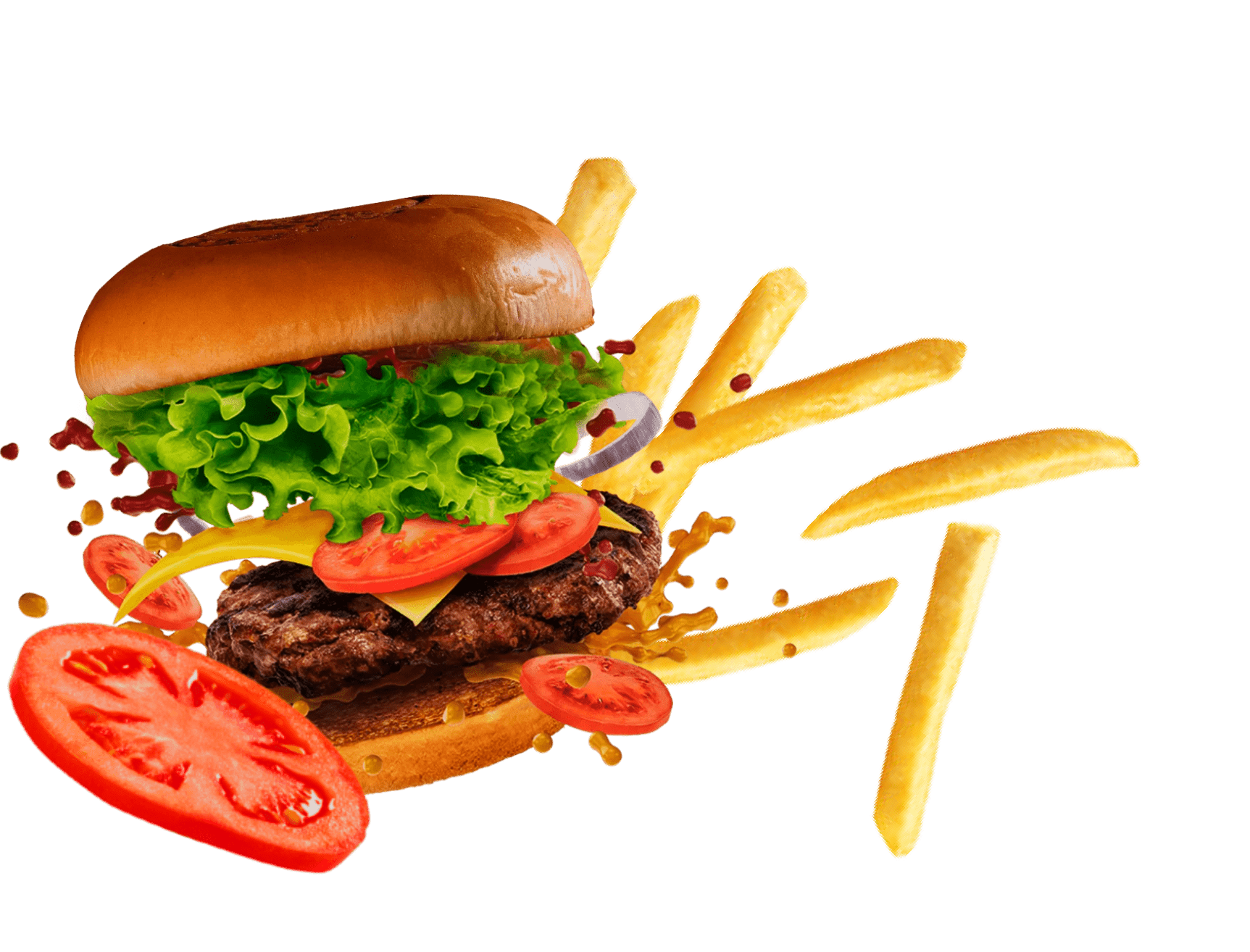What You Should Know About Capsaicin – America’s Favorite Poison
America is in the middle of a massive spicy food craze. Spicy food is clearly one of the hot trends, with Nashville Hot Chicken, Sriracha, and spicy challenges dominating across restaurants and the internet. While we all love (or flee from) the burning pain that this food brings to our mouths, we don’t go too much into the science of spicy, other than that something called “capsaicin” is responsible for the fiery sensation.
Found in tons of different peppers worldwide in varying amounts, this compound is one of America’s most-loved, but also least understood. We’re going to break down what capsaicin really is all about, why it makes foods spicy, and why we may crave it so much.
Capsaicin is a poison

It turns out that there’s a set of neurons that can actually be permanently damaged by capsaicin, leading to some decreases in sensory function. However, the study that found this neurotoxicity discovered this damage through injection of pure capsaicin, not ingestion in normal chili form.
Capsaicin is also a poison because it triggers inflammatory responses and heat perceptions on our tastebuds. That’s why our lips often go red and swollen when we consume spicy foods, and why we shouldn’t touch our eyes after cutting or handling especially hot chilies (or use gloves instead). Those of us who ignored that warning know the resulting pain all too well.
It also is a great antimicrobial

Capsaicin has been shown in research to act as a bactericidal agent, meaning that it has the ability to actually kill bacteria. It’s also been one of our earliest food preservatives, as many cultures across the world developed stews cooked with chilies early on to protect against food poisoning and disease. It’s a big part of why chilies are integral parts of cuisines across the planet.
Capsaicin can help us fight through pain

When we eat chilies, we trigger the release of endorphins, or pain-blocking compounds to help us get through the heat. Capsaicin triggers that sensation of heat and pain, thus causing the release of those endorphins. This process has been used to help develop pain-fighting creams and patches that use natural capsaicin.
It’s one of the natural foods of birds

Turns out that birds lack the ability to detect capsaicin in chilies as heat, and regularly eat chilies and other plants in the capsicum family, including bell peppers. Chef Dan Barber capitalized on this to feed his chickens enough peppers to develop red egg yolks that he now serves at his restaurant.
The Scoville Unit Scale is used to measured capsaicin content

Photo: Scoville Ratings
The Scoville Heat Unit Scale is actually a measure of how many water dilutions it would take to remove the spiciness from a particular pepper. Developed by Wilbur Scoville, this method has now been replaced by faster methods that follow the same principles and measure the heat of anything spicy or in the chili/capsicum family. Bell peppers are on the low end at 0 Scoville units, with the Carolina Reaper from the infamous One Chip Challenge topping the list of chilies at 2.2 million Scoville units — which is almost as hot as law enforcement-grade pepper spray.
Pure capsaicin tops out at 16 million Scoville heat units — a ridiculous amount of pain that nobody should want to put themselves through.
Adventurous people may like spicy food more

Research has shown that personality has an effect on whether you like spicy food or not, with more adventurous people tending to love spicy food more. There’s even been psychological differences displayed between men and women on their reasonings behind the preference for spicy food. It’s possible that how you like your spicy food actually does say something about who you are as a person.
Capsaicin can help people immune to caffeine to stay awake
People who are insensitive to caffeine won’t get more energy in the morning or find it easier to stay awake after drinking a cup of coffee. Spicy breakfasts like chilaquiles can give them the kick to get started in the day since it is a poison. That heat response triggers the release of adrenaline to get your body moving or going. If you’re finding that coffee isn’t giving you that jolt you need, try eating a chili pepper as part of your breakfast. It may jumpstart the day in a better way than coffee ever could.
While capsaicin is a potent poison and incredibly spicy, it’s also got tons of benefits that we can capitalize on. We definitely have a love-hate relationship with the chili pepper because of this compound, but it’s a core part of food around the world. Capsaicin is definitely one of the most interesting and definitive compounds in culinary history.







